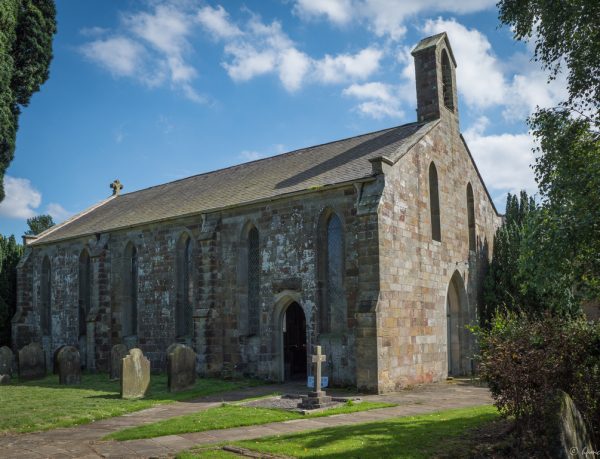
Save Rosedale Church needs you!
Have you any experience of filling out grant application forms or would you like to learn? Save Rosedale Church Committee needs a competent volunteer to complete a Heritage Lottery grant application.
All the documents needed for the application have already been written but we need a volunteer to tackle the complex application form. Filling it in will take quite a number of dedicated hours.
Save Rosedale Church as already raised over £50,000 for its roof appeal and has just been invited to apply to the Peter Sowerby Foundation for a £25,000 grant. A grant from the Heritage Lottery Fund could well mean our target of just over £100,000 will be reached.
Our small committee is made up of ordinary Rosedale residents who believe the loss of our historic church would be a terrible blow to the community. Our church is regularly used for Christenings, weddings and funerals as well as church services. Recent events at the church have included rock musician Ross McWhirter, The Dalesmen Singers and an Art and Craft Festival.
If you think you could help us for this one-off job, please contact Linda Blackburne on linda.blackburne@icloud.com or phone her on 01751 417833.
We look forward to hearing from you!







